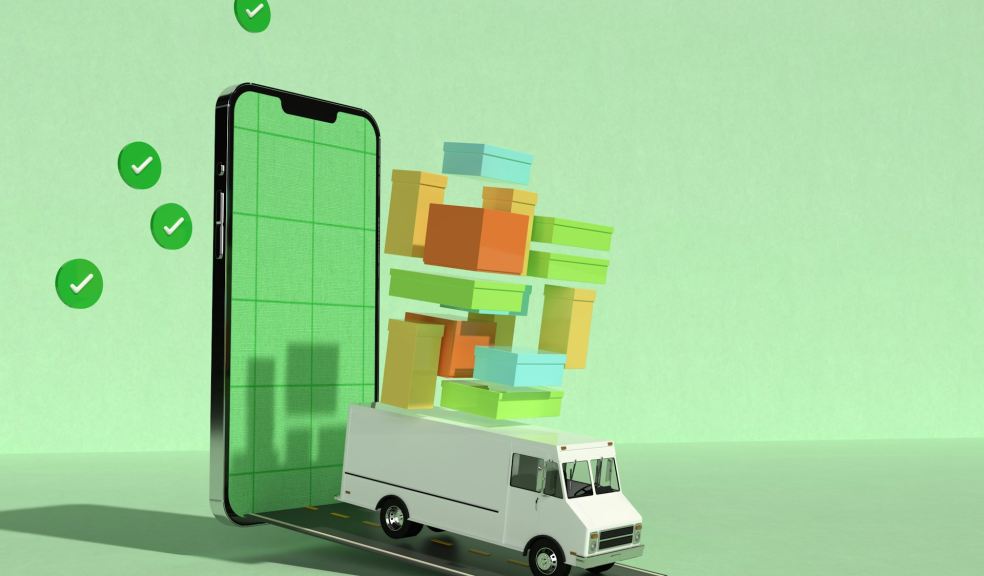
Why Headless Commerce Is Shaping the Future of eCommerce
The way people shop online has changed. And keeps changing. What worked five years ago — a neat little template store with some plugins — now feels clunky, slow, and, frankly, a little embarrassing. Today’s shoppers expect something more. Faster. Smarter. Beautifully seamless across their phones, tablets, and even smart fridges if you’re in that kind of market. That’s where Headless commerce development services come into play — unlocking possibilities that simply aren’t on the table with traditional platforms.
So what`s at the back of all of the buzz? Is it simply some other vivid fashion destined to fade, or is headless structure the actual deal? Let`s reduce via the noise and dig into the actual blessings of going headless, with out sugarcoating the realities.
What even is headless commerce?
If you’re not familiar yet, no shame. Headless commerce just means separating the frontend — what your customers actually see and interact with — from the backend — where the magic (data, logic, inventory) happens.
Instead of forcing your frontend to be married to whatever your backend dictates, you decouple them. They talk to each other via APIs but can evolve independently. Think of it like swapping out the engine in your car without having to redesign the dashboard… or vice versa.
That flexibility opens up a whole lot of doors.
Speed like you wouldn’t believe
Nobody likes waiting. According to multiple studies, even a one-second delay in page load can drop conversion rates. With headless, you’re no longer dragging a bloated monolithic platform behind your site. The frontend can be light, fast, and optimized entirely around user experience.
You can use cutting-edge frameworks like React, Vue, or Next.js for blazing overall performance and easy animations with out being shackled for your backend`s capabilities Pages load faster. Clicks feel immediate. Customers stay engaged instead of bouncing off.
In short, you get the kind of snappy experience people now expect — because they’ve seen it elsewhere and they’re not going back.
Design without compromise
One of the most frustrating parts of traditional eCommerce platforms? Design limitations. You’re often stuck working within the rigid templates and constraints of whatever CMS or platform you picked at the start.
Headless flips that on its head. You can construct actually whatever you could believe at the frontend, whether or not it`s a sleek, minimalist aesthetic or an immersive, interactive experience.Since the backend just delivers data through APIs, your design team has free rein to craft something unique.
If you’ve ever had to tell your creative director, “We can’t do that because the platform doesn’t support it,” headless is your way out of that conversation for good.
Omnichannel made possible
Here’s the thing: people don’t just shop on your website. They scroll Instagram, browse on tablets, scan QR codes in stores, even shout at Alexa.
With a traditional store, it’s painful to deliver consistent experiences across all those touchpoints. Headless architecture, on the other hand, lets you push the same backend data to multiple frontends. Your online store. Your app. Your smart mirror in a flagship shop. Even experimental channels you haven’t thought of yet.
It’s not just flexibility — it’s futureproofing your business for whatever device or platform comes next.
Scaling without breaking things
Growing a store on a monolithic system can feel like trying to inflate a balloon inside a tiny box. At some point, something’s gonna pop.
When you go headless, you can scale backend services independently of the frontend. Need to handle a holiday rush? Fine. You can beef up backend servers and optimize APIs without touching your frontend code. Or you can revamp your user interface without risking disruption to your inventory or order processing.
This kind of scalability is crucial for businesses eyeing aggressive growth — and it’s a big reason enterprise-level retailers are leaning into headless.
Better developer experience = better results
Here’s something that often gets overlooked: happy developers build better things.
On a traditional platform, developers often wrestle with outdated tech stacks, confusing templates, and limited customization options. It’s frustrating. With headless, they can work with modern frameworks and tools they actually enjoy — which means faster iteration, fewer bugs, and more creative solutions.
That might not sound like a direct benefit to your customers, but trust me — it shows in the end product.
SEO advantages you might not expect
Some people worry headless setups might hurt SEO because of heavy JavaScript usage. But when done right, headless can actually improve search visibility.
You’re able to fine-tune site structure, optimize loading times, and implement prerendering or server-side rendering — all of which search engines love. With a well-deliberate architecture, your web website online may be quicker and extra crawlable than any bloated template store.
It does take a piece of talent to execute properly, however the payoff in scores and natural visitors may be significant.
Real-world examples proving the point
Plenty of major brands have already embraced headless architecture, and it’s not hard to see why. Nike rolled out a headless approach to deliver faster mobile experiences. Sephora integrated headless to power seamless in-store and online shopping. Even smaller boutique brands are catching on, using headless to stand out with bespoke designs and lightning-fast performance.
What these examples show is that headless isn’t just for the tech giants. The tools and frameworks are now accessible to businesses of all sizes.
Is headless right for everyone?
Let’s be honest: headless isn’t a silver bullet. For smaller shops just getting started with eCommerce, the extra complexity might not be worth it yet.
There’s more development involved. You need skilled people who understand APIs and modern frontend frameworks. And you’ll probably invest more upfront than you would on a plug-and-play template.
But if you’re serious about growth, frustrated with your current platform’s limits, or trying to deliver a truly differentiated experience — headless is hard to beat.
Common misconceptions about headless commerce
A few myths floating around deserve to be addressed.
-
“It’s only for huge companies.” Nope. While the big brands grabbed headlines, many small and mid-sized stores are finding headless to be a competitive edge.
-
“It’s bad for SEO.” Not if you implement it properly with SSR or prerendering.
-
“It’s more expensive.” Initially, yes. But the long-term ROI from better performance, higher conversions, and lower maintenance costs often outweighs that.
Getting started without getting overwhelmed
If you`re intrigued however now no longer equipped to rip the whole thing down, don`t panic. A not unusualplace method is to begin small — perhaps construct a headless frontend whilst retaining your present backend in place.
Pick a single channel to test, like launching a headless mobile app that connects to your current store. Or rebuild your site’s frontend while leaving the backend untouched.
This way you can ease into the headless world without risking your entire business.
Final thoughts
Headless commerce isn’t just another tech fad. It’s a genuine shift toward a more flexible, scalable, and future-ready way of selling online.
For groups that need to supply fantastic client experiences, live beforehand of trends, and develop with out being boxed in via way of means of previous platforms, headless structure is really well worth exploring.
Sure, it’s not “easy” — nothing truly worthwhile is. But with the right strategy and the right team, the benefits are real.
So next time you feel your platform holding you back — ask yourself: why stay tied to the old ways when the future is already here?











